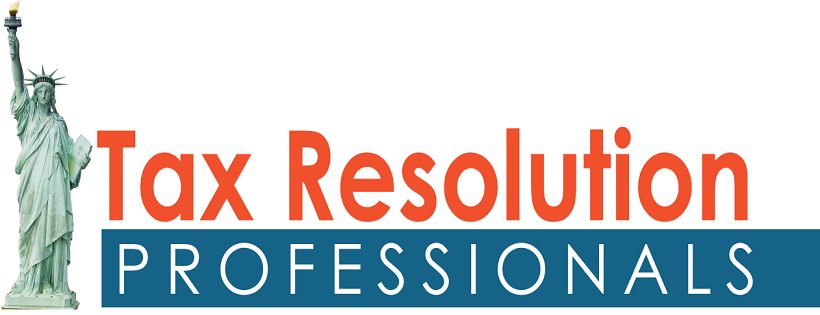If re-elected, President Trump would intensify the trade war he initiated during his first term, proposing new 10 percent baseline tariffs universally and 60 percent specifically on imports from China. Yet, what often goes unnoticed is President Biden’s continuation of Trump’s initial trade war, resulting in more tariff revenue collected under Biden’s administration than Trump’s.
Trump sparked the trade war by imposing tariffs on imports of various goods, including washing machines, solar panels, steel, aluminum, and numerous products from China, leading to an estimated $80 billion annual tax increase. Despite some adjustments, such as allowing certain tariffs to expire, President Biden has largely maintained Trump’s tariffs.
While initially estimated as an $80 billion yearly tax hike, trade patterns have shifted since the tariffs took effect. Trade has declined in tariff-affected categories but increased elsewhere or from different sources. Consequently, the trade war has generated approximately $233 billion in customs duties through March 2024.
Of this amount, $89 billion was collected during Trump’s tenure, while the remaining $144 billion was collected under Biden’s administration. Notably, the majority of the revenue increase stems from tariffs on goods from China, amounting to $211 billion out of $233 billion. Despite claims that foreign countries bear the tariffs’ cost, the economic burden primarily falls on American consumers, resulting in higher import and retail prices.
Ramifications
The ramifications of the trade war extend far beyond the billions in additional tax burdens for Americans. The consensus among economic literature indicates that the tariffs imposed during 2018-2019 have inflicted a net negative impact on the U.S. economy. Here are some key findings:
- Federal Reserve economists Aaron Flaaen and Justin Pierce’s analysis revealed a decrease in manufacturing employment due to tariffs. While protected industries benefited, the overall impact was outweighed by rising input costs and retaliatory tariffs.
- Research by St. Louis Federal Reserve economists Ana Marie Santacreu and Makenzie Peake showed that states more exposed to U.S. tariffs on Chinese imports experienced lower employment and output growth, suggesting a link between tariffs and reductions in employment and output.
- Economist David Autor and colleagues found no increase in U.S. employment in protected sectors due to tariffs, while retaliatory tariffs led to clear negative employment impacts.
- A May 2023 report from the United States International Trade Commission (USITC) revealed that while steel and aluminum tariffs resulted in a production increase in protected industries, downstream industries experienced a production decrease, highlighting a pattern of gains offset by losses.
Despite the costs borne by American consumers and the detrimental effects on employment and production—especially in manufacturing—both the Trump campaign and the Biden administration have continued to defend the trade war tariffs. This divergence between economic reality and political messaging underscores the tariffs’ harm to Americans and their role in exacerbating economic distortions.
Conclusion
Reelecting President Trump would entail further increases in annual tax burdens from higher tariffs, leading to even more severe economic distortions and losses. Meanwhile, it remains uncertain how reelecting President Biden would impact the trade war’s trajectory. Although the Biden administration is expected to retain most tariffs, it has yet to publish the findings of its review of Section 301 tariffs on China. Unfortunately, both candidates appear to support policies that impose higher taxes on American consumers and exacerbate economic distortions.

w3byap